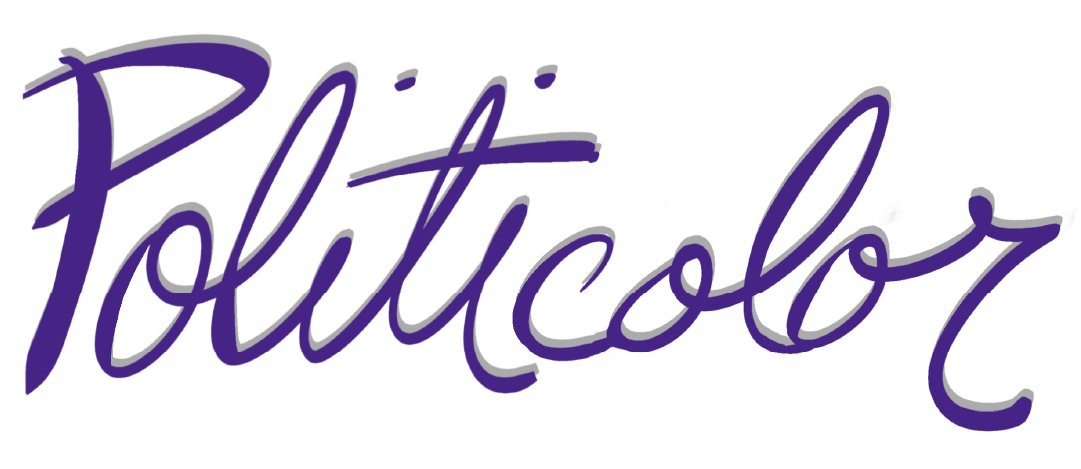Some many days ago, a good countryman you know by the name of Maximus asked a group assembled before him, “what would a Federalist school look like?” His question suffered a long period of silence as those in attendance considered what they knew of Federalism….
Founded on fundamental rights…
A new future imagined through the mechanics of science….
A perspective holistic in nature that looks at a question from all sides in all dimensions….
Sovereignty remains with the people who will make a new and better whole from the sum of its constituent parts….
The good Maximus’s puzzle had no easy solution for the scholars to bandy about that day. Then I remembered wise counsel of a scholar long past. His own words were not my good fortune to know myself but had been translated by Walter Isaacson in his book, Einstein: His Life and Universe.
Two particular thoughts spoke to me when considering Maximus’s question…
“The explanation Einstein himself most often gave for his mental accomplishments was his curiosity. As he put it near the end of his life, ‘I have no special talents, I am only passionately curious.’…Curiosity, in Einstein’s case, came not just from a desire to question the mysterious. More important, it came from a childlike sense of marvel that propelled him to question the familiar, those concepts that, as he once said, ‘the ordinary adult never bothers his head about.'”
This curiosity fulfills two of our Federalist requirements. A new reality is imagined through this curiosity and comes into better focus as he tested it with his understanding of scientific understandings. Such an exercise includes looking at the problem from all sides as he questions the familiar.
Do our schools fuel this kind of curiosity? What do teachers do when students question these well-known facts as Einstein suggests? Einstein had ideas about the principles that should guide such an enterprise…
“There was a simple set of formulas that defined Einstein’s outlook. Creativity required being willing not to conform. That required nurturing free minds and free spirits, which in turn required ‘a spirit of tolerance.’ And the underpinning of tolerance was humility–the belief that no one had the right to impose ideas and beliefs on others.’
These formulas provide a set of fundamental rights and express a commitment to the free minds and free spirits of the people. Einstein’s philosophy fulfills the Federalist requirements. We have made progress in our discussion but we haven’t yet discussed what this might look like for our young scholars in today’s schools.
The first Federalist classroom moment that comes to mind involved Thinking Maps, a series of graphic organizers presented to students to build a shared visual vocabulary. While I grumbled about the totalitarian implementation of this system, I could not have imagined what happened once we shared these particular fundamentals as a common language. Students did not see themselves bound to the seven styles originally presented to them. They created their own. They followed the information they wanted to organize to combine elements of the seven original maps or added features of their own invention. The Thinking Maps took on a life of their own. Students were thinking about their thinking, the relationships between the ideas, and how the whole text or concept worked together.
From this example, I would suggest a Federalist education would begin with a primary education focused on building these shared understandings of words, concepts, and guiding principles. At some point, however, the system would have to back away to give the student the opportunity to follow his or her own curiosity and to imagine new combinations of ideas and understandings.
And here we come to my final thought for this evening on the question of what a Federalist school might look like. A Federalist school would provide repeated opportunities for the student to drive.
